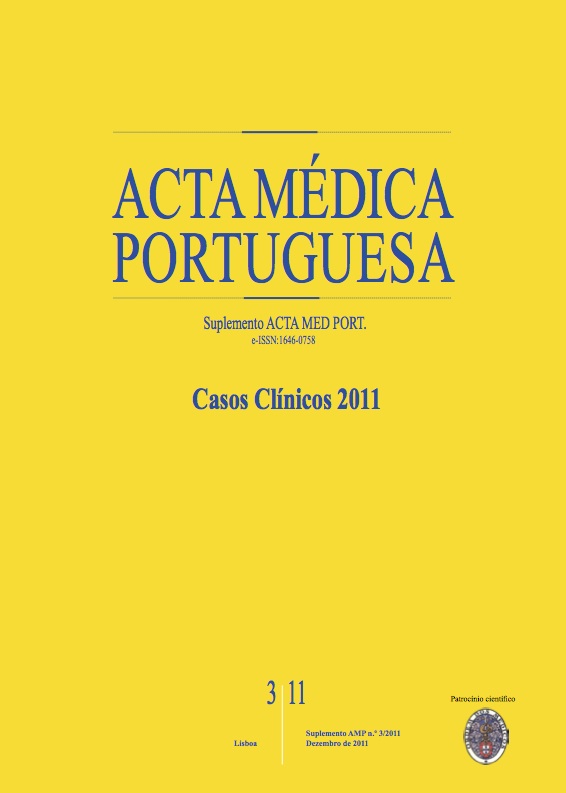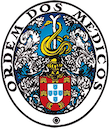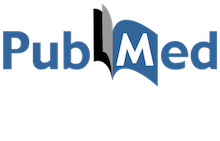Hypoprothrombinemia--lupus anticoagulant syndrome.
DOI:
https://doi.org/10.20344/amp.1556Abstract
Diagnosis criteria, pathogenic mechanisms, incidence and prevalence of the Antiphospholipid Syndrome are focused in a brief review. Hypoprothrombinemia (HPT) may be hereditary or acquired; the first is rare and with recessive autossomic transmission. We report the case of a 66-year-old white woman with Systemic Lupus Erythematosus (SLE), autoimmune haemolytic anaemia, periostitis, haematomas, bleeding leg ulcer and rectal haemorrhages; she had decreased levels of the prothrombin. Haemorrhagic episodes were related with the anti-prothrombin specificity of Lupus Anticoagulant (LA) detected. The SLE/LA/HPT association is less frequent than the correlated to SLE/LA/anti- ß2Glycoprotein I antibodies and was first reported in 1960 by Rapaport et al, in an 11-year- -old girl with severe haemorrhagic manifestations.Downloads
Downloads
How to Cite
Issue
Section
License
All the articles published in the AMP are open access and comply with the requirements of funding agencies or academic institutions. The AMP is governed by the terms of the Creative Commons ‘Attribution – Non-Commercial Use - (CC-BY-NC)’ license, regarding the use by third parties.
It is the author’s responsibility to obtain approval for the reproduction of figures, tables, etc. from other publications.
Upon acceptance of an article for publication, the authors will be asked to complete the ICMJE “Copyright Liability and Copyright Sharing Statement “(http://www.actamedicaportuguesa.com/info/AMP-NormasPublicacao.pdf) and the “Declaration of Potential Conflicts of Interest” (http:// www.icmje.org/conflicts-of-interest). An e-mail will be sent to the corresponding author to acknowledge receipt of the manuscript.
After publication, the authors are authorised to make their articles available in repositories of their institutions of origin, as long as they always mention where they were published and according to the Creative Commons license.









